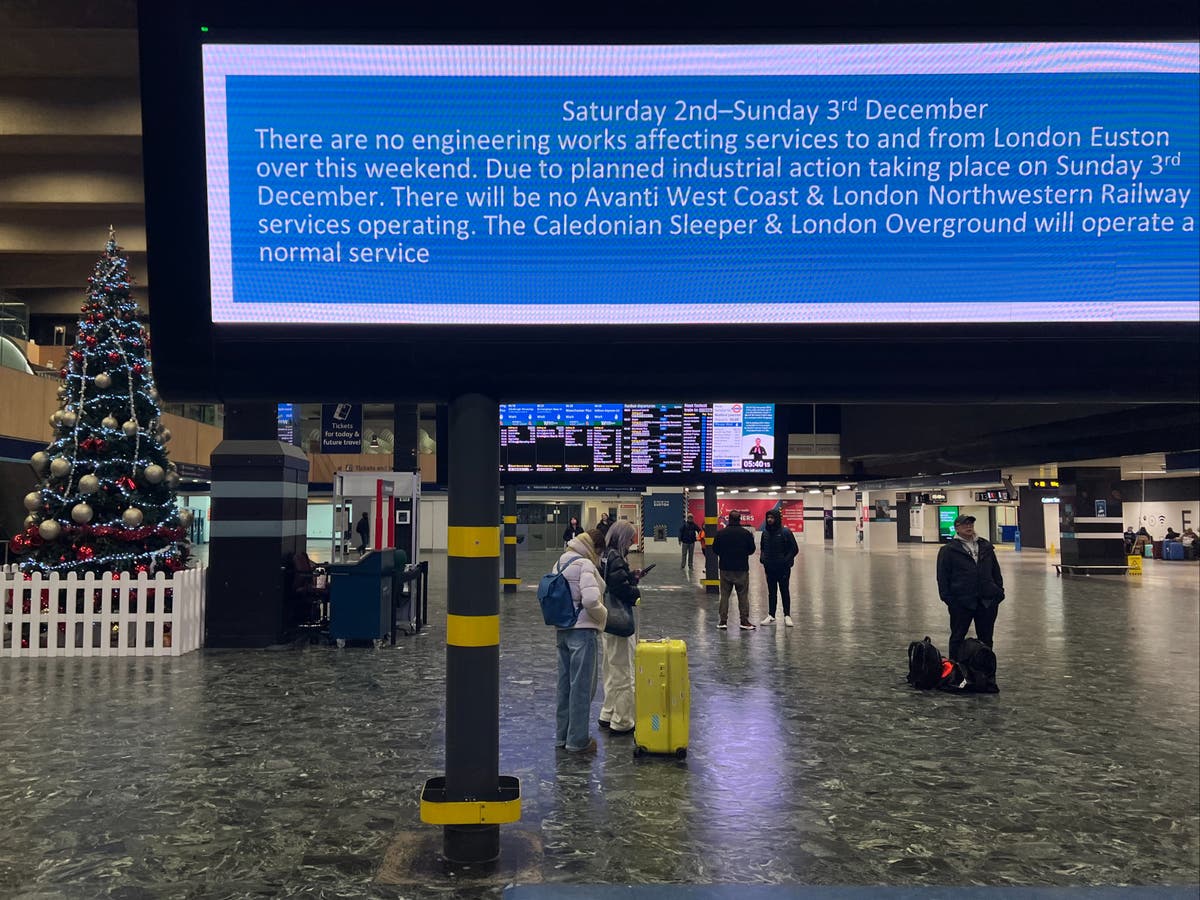Infra
A new Era for London transport?

| Updated:
Taylor Swift’s Eras Tour was emblematic of the rise of ‘mega-events’ in the capital that are acting as a catalyst for London’s transport infrastructure to upgrade how it manages surges of visitors and passengers on its network, says Jim Webber
When Taylor Swift played her record-breaking run of shows in the UK earlier this year, the Mayor of London estimated that it added an astonishing £300m to the capital’s economy.
The seismic impact of the Eras Tour wasn’t just experienced in the restaurants, cafes, and shops across the city that cashed in on this surge of visitors to the city, but also in the transport hubs and roads around Wembley Stadium – where the London gigs were played.
Transport for London noted that some 441,000 entries and exits were made at Wembley Park Tube over three days of the shows, marking a huge uptick in footfall through the station. On one of the days, there were 150,000 welcomed through the station – denoting the first time those numbers have been hit since before 2020. Meanwhile, thousands more cars on the road for those travelling to the stadium saw heavy congestion around Wembley on the days of the events and causing ripple effects that stretched far across the London transport network.
Taylor Swift might be exceptional in many ways, but her stampede of footfall into the city underpins a growing trend. The Eras Tour was emblematic of the rise of ‘mega-events’ in the capital that are acting as a catalyst for London’s transport infrastructure to upgrade how it manages surges of visitors and passengers on its network.
Visitors to London are back to pre-pandemic levels
Despite last week’s retail sales showing a gloomy outlook for high streets, the capital has continued to buck the trend by drawing visitors back to the city in their droves. Statistics indicate that visitors to London are now reaching levels that the capital was achieving before the pandemic.
Bolstering this surge in numbers is the draw of big ticket events that see volumes of visitors swell beyond normal averages for that time of year. Whether that’s recurring favourites like the seasonally relevant Winter Wonderland or the huge appeal of the virtual residency of ABBA Voyage, or even the upcoming Oasis reunion shows planned for next year, these events bring hundreds of thousands of visitors to London over a short period of time.
But while the hospitality and leisure industries will cheer this return to form for the city, it’s understandably shone a light on the infrastructure needed for these events to actually go ahead without any issues. And for those of us who’ve been stuck in traffic while a big game has been on, Londoners know that problem all too well.
In response to this — and as part of ongoing wider upgrades — Transport for London is evolving how it manages these peak moments for passengers by fundamentally re-examining the technology underpinning its operations.
As you might imagine, managing London’s web of transport links – including its 65,000 roads – is an incredibly complex challenge. Being stuck in stand-still traffic isn’t fun, and it can have wider ranging impacts beyond just inconvenience, stress and pollution. Thinking about the economy alone, congestion in the city costs some £5.9bn every year in lost labour. That’s before you even start to think about the impact of traffic on public services, and the very real, human implications of emergency services stalled in traffic for critical minutes.
Congestion costs London some £5.9bn every year in lost labour
TfL’s approach to managing incidents has historically been reactive. This usually meant waiting for a car accident or traffic jam to be reported, before putting in place the steps needed to remediate it. This is because the terabytes of data TfL captured every week used to be stored in spreadsheets, making it very hard to decipher.
To manage the effects of road incidents and other transport pinch points, TfL have created a ‘digital twin’ — a computer model of London’s transport network—where the team can reason about the current day’s use and test different scenarios before they happen in the real world. That includes stress testing “if/then” scenarios around major events and identifying patterns across billions of data points.
The digital twin is built on top of a new kind of data technology called a “graph database” which, instead of storing data in spreadsheet-like rows and columns, stores the data and its connections. The resulting network structure is familiar to the user of any social network like LinkedIn, but repurposed for specific uses such as transport planning.
Since many journeys around London are private and multi-modal (you might ride a Lime bike to the train station, and then walk the remaining distance to work), graph databases are ideal because they understand how this data connects and where (e.g. the train station is a hub for trains, walking, and cycling). They process the connections between data points as well as data itself which is missing from traditional database models.
This has big implications for how the London transport operator works. Currently, it takes 27 minutes on average to detect and respond to incidents, with each minute of delay costing an estimated £11,000. Being able to compute and visualise and ‘game’ different peak travel scenarios, such as during Beyonce’s run of five concerts at the Tottenham stadium next year, is expected to reduce congestion by 10 per cent, which could save a staggering £590 million annually.
As the capital gears up to host a slew of these ‘mega-events’ in the coming years, having the transport infrastructure to absorb huge spikes in visitor numbers, while keeping the rest of London moving, is crucial. So, while it might be ‘So Long, London’ for Taylor for now, the aim is that by future-proofing the capital’s travel using cutting-edge technology, we can continue to welcome millions of visitors every year.
Jim Webber is chief scientist at Neo4J









